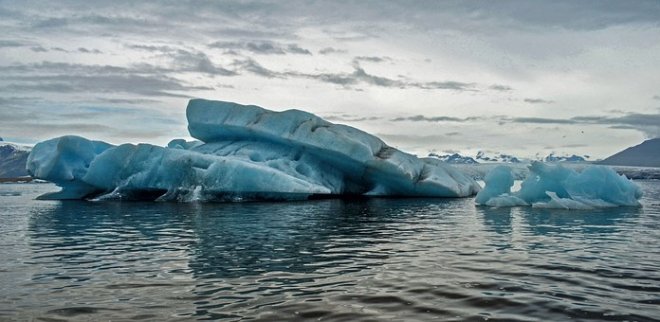
Global warming in the next few centuries might lead sea-level to rise by 3.3 feet to 16.4 feet. According to United Nations, this phenomenon might pose a serious threat to more than 40 percent of the population dwelling within 60-miles from the coastline and also in low-lying areas which are more vulnerable to flooding with the rise in sea-level.
According to a new research by the Intergovernmental Panel on Climate Change, the rise in sea-level might drown Jamestown in Virginia which also happens to be the first permanent English settlement in America. The Kennedy Space Centre in Florida which launches NASA's human spaceflight missions and Cape Hatteras Lighthouse in North Carolina which is USA's tallest brick lighthouse is also at risk due to the gradual rise in sea-level. These places, located along the Atlantic and Gulf coasts are home to more than 13,000 archaeological and historical sites.
The study published on Live Science, as well as in the online journal PLOS ONE, shows archaeologists monitoring the effects of sea-level rise on these historical and archaeological sites. The effects of global warming or rise in sea-level are not recent and have been happening for a long time now. The Cape Hatteras Lighthouse in 1999 was relocated to a higher level, about 2,900 feet to keep it protected from the devastating sea waves coming from a gradual rise in sea-level.
After analyzing data from the Digital Index of North American Archaeology (DINAA), researchers claim that if the trend in the rise in sea-level continues in the same rate, there is a huge possibility that the water level might hit a 3.3-foot rise by 2100. Historical and archaeological sites in the United States alone can, therefore, submerge underwater.
"We will lose much of the record of the last several thousand years of human occupation in coastal areas, where a great deal of history and settlement has occurred," said David Anderson, an archaeologist and lead author at the University of Tennessee, Knoxville. A study released in 2014, showed that due to the rise in sea-level the Statue of Liberty might also be at risk.
Major landmarks that are in danger include Charleston, South Carolina, Florida and St. Augustine. These are the oldest European settlements in America. More than 32,000 archaeological sites including 2,400 sites present on the National Register of Historic Places might be washed away if the sea-level rises by 16.4-foot.








